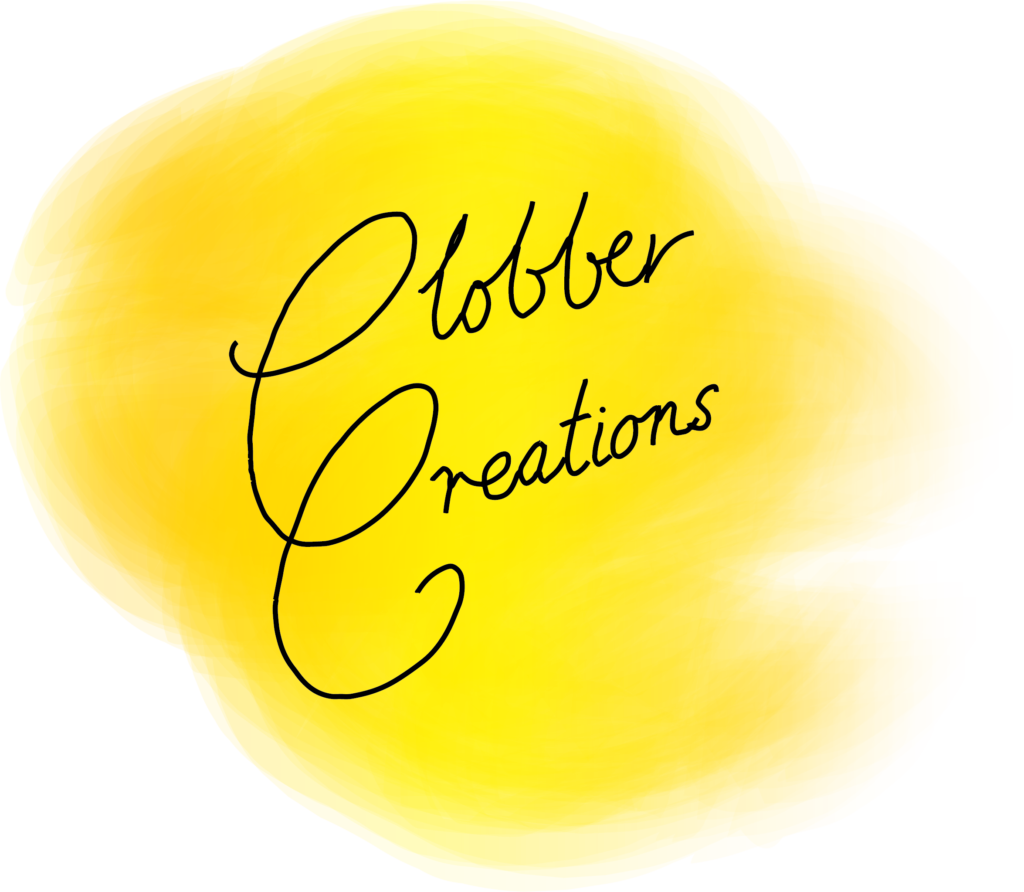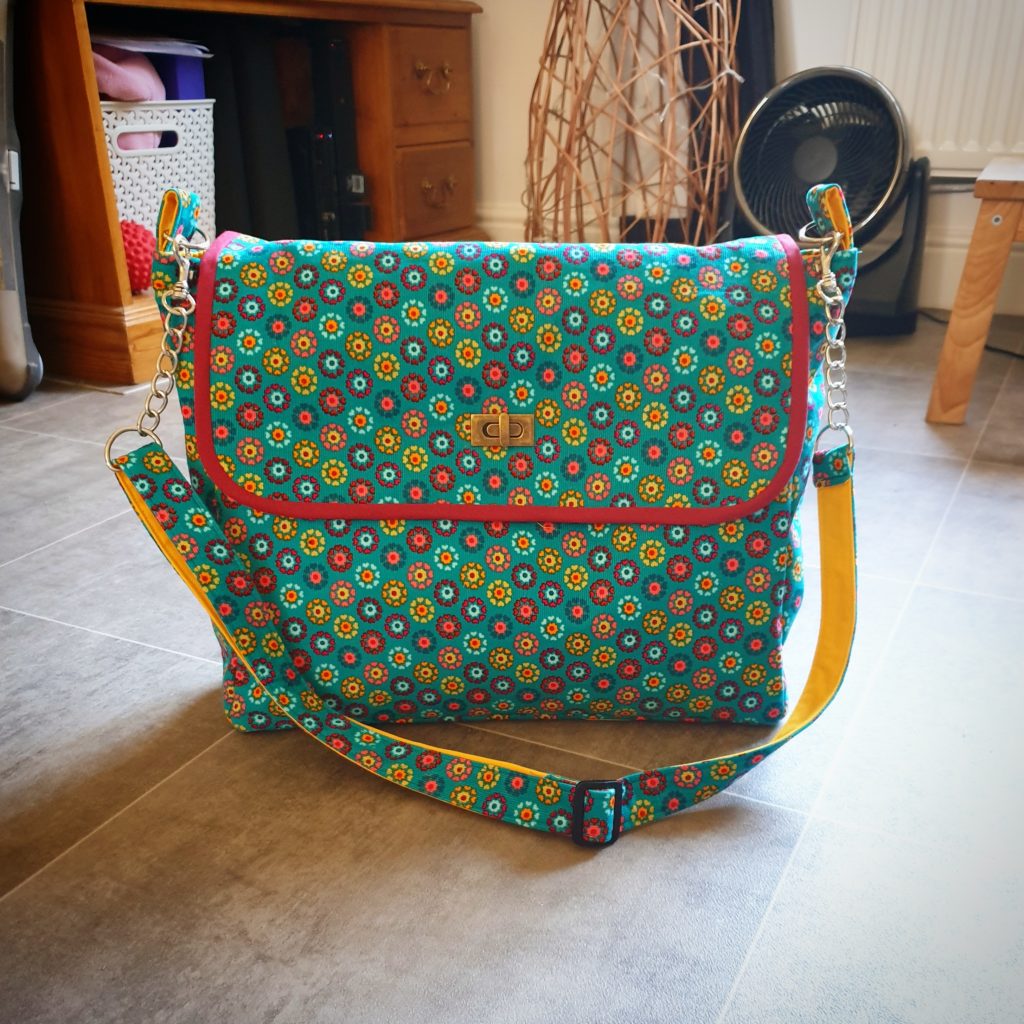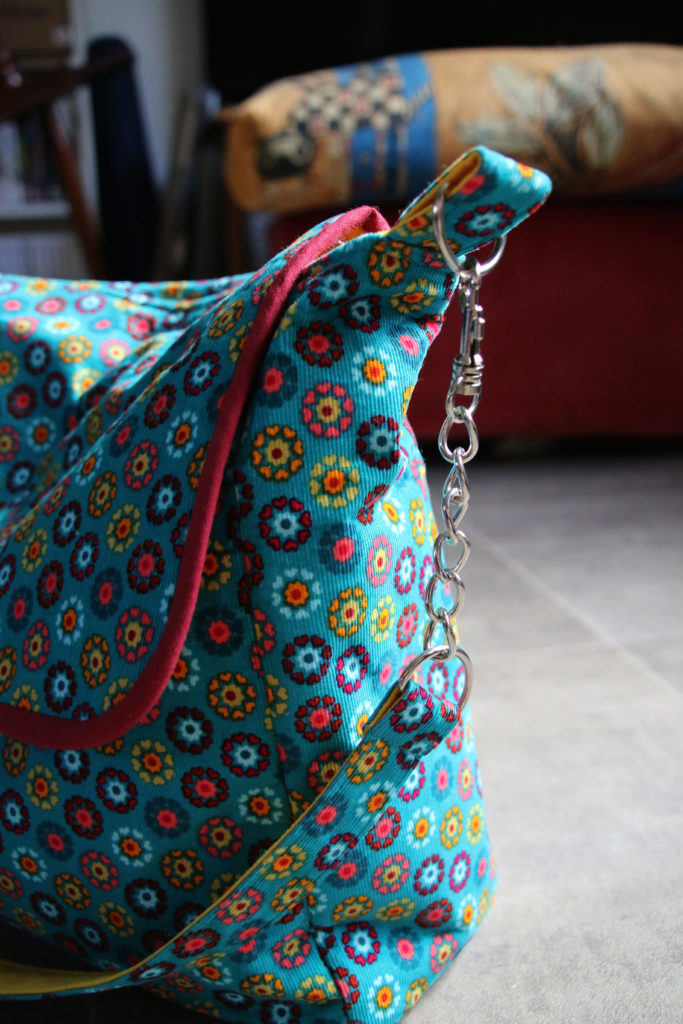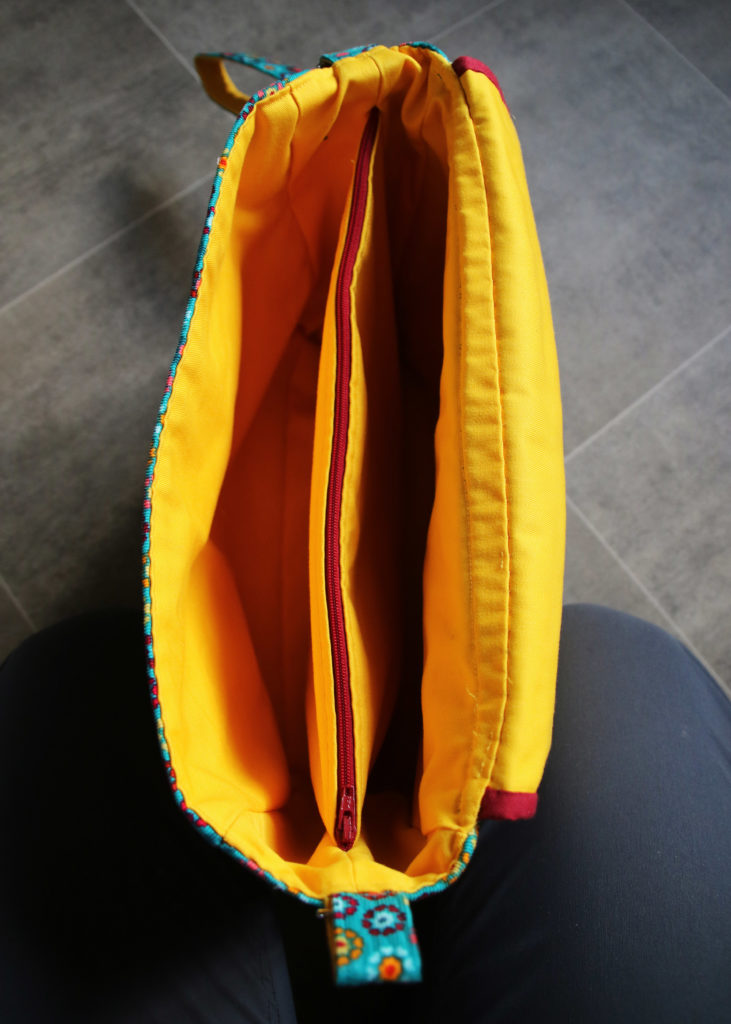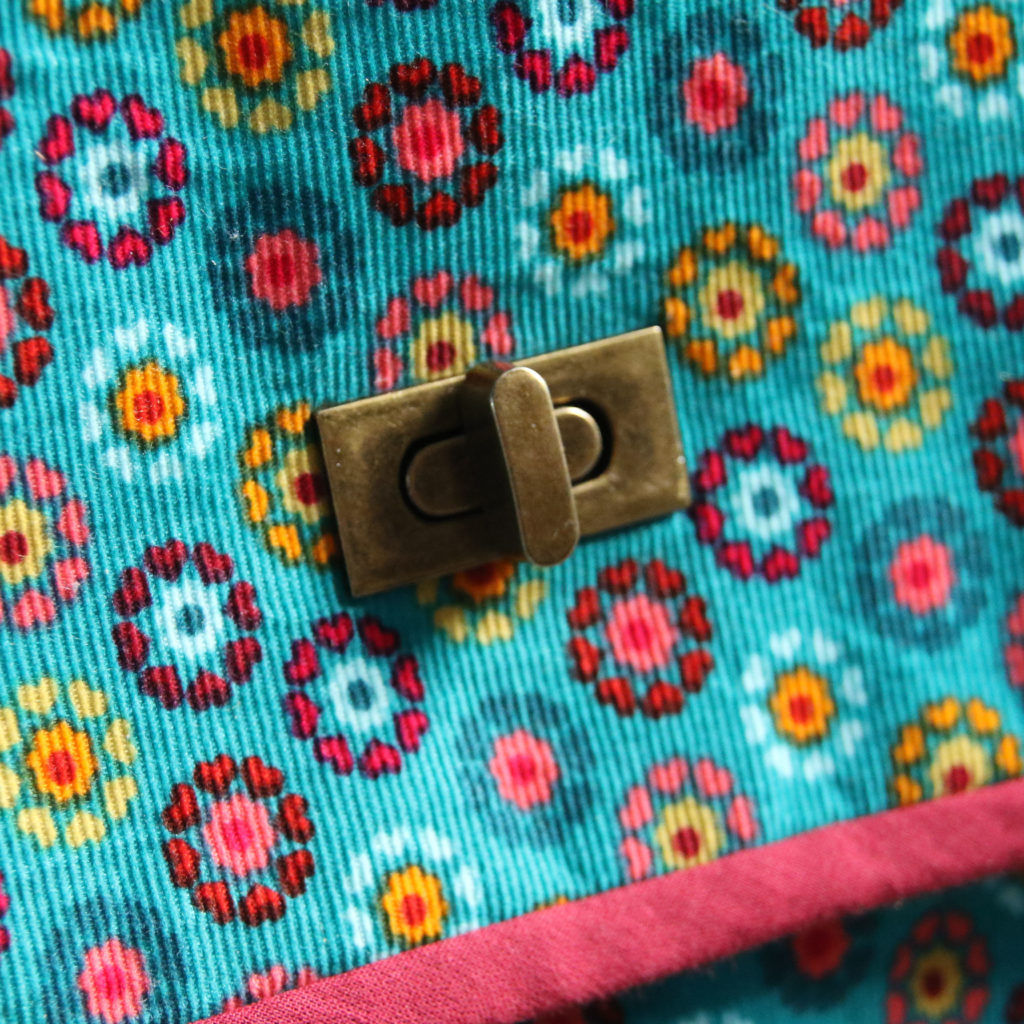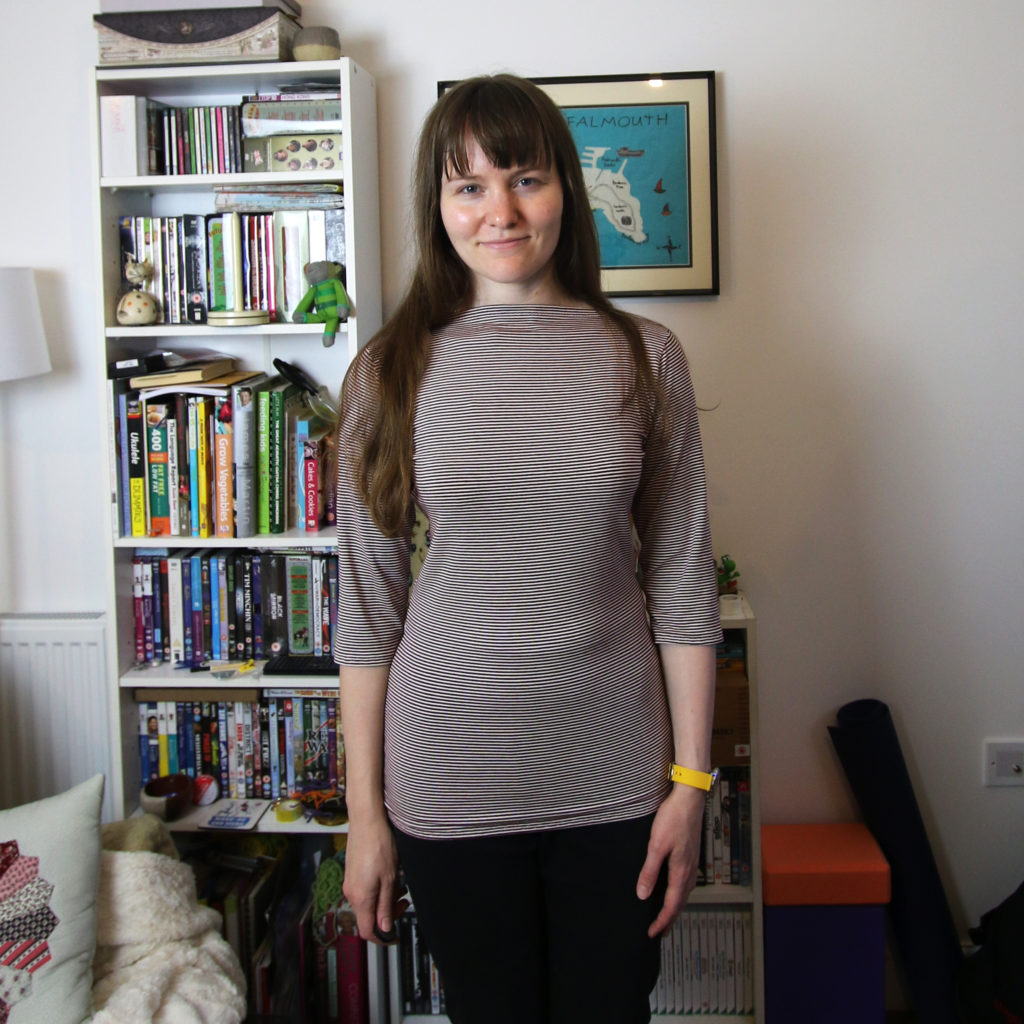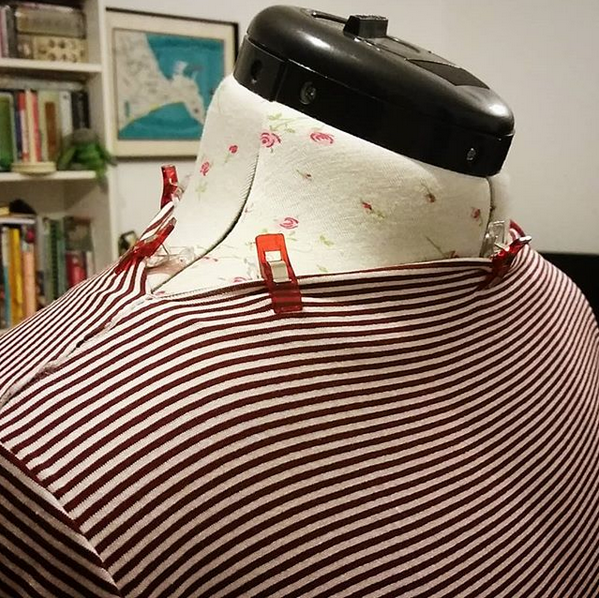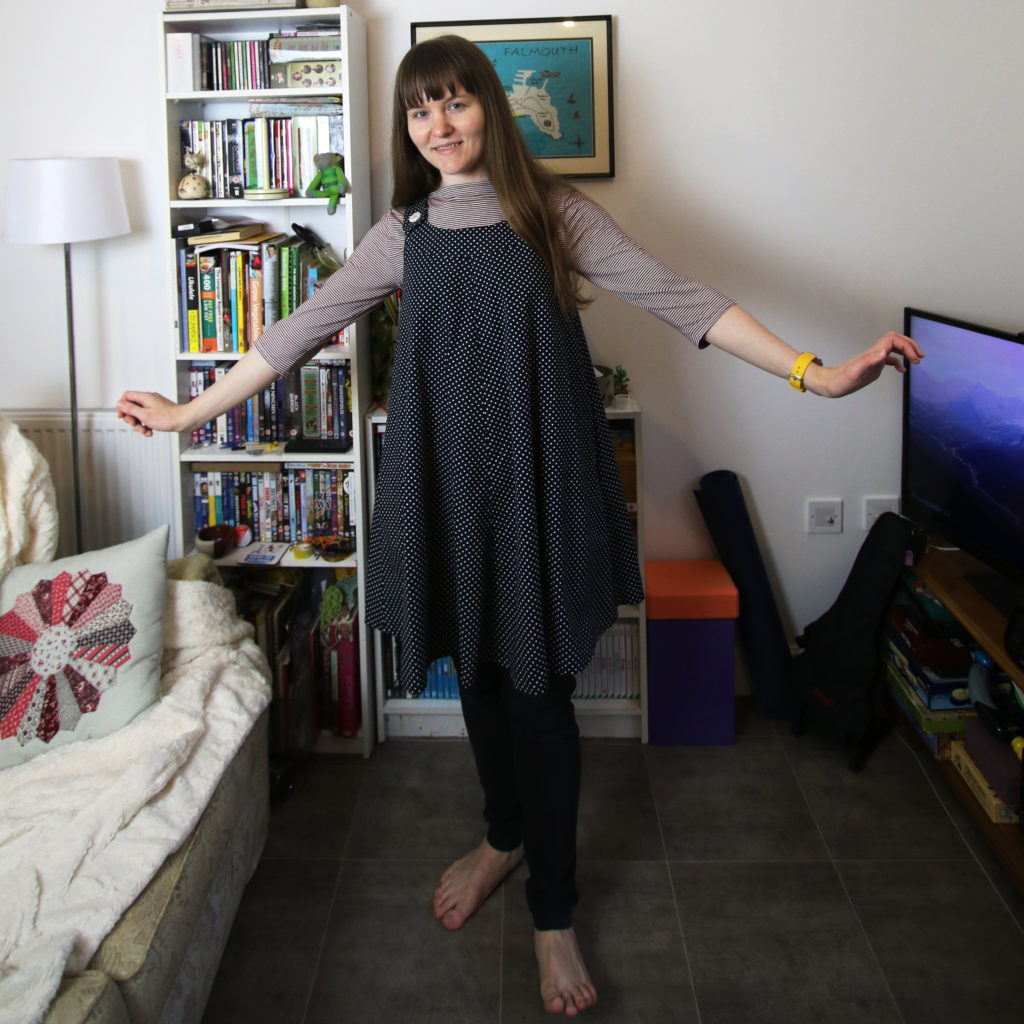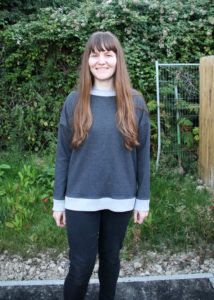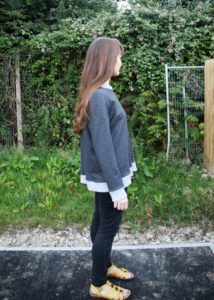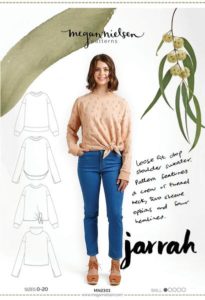DIY Zipped Purse
- Post author:clobbercreations
- Post published:October 13, 2019
- Post category:Accessories/Sewing/Stash Busting
- Post comments:0 Comments
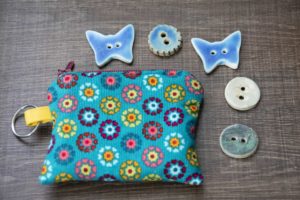
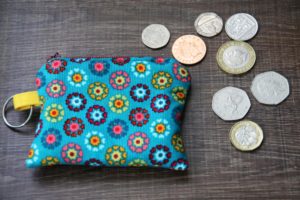
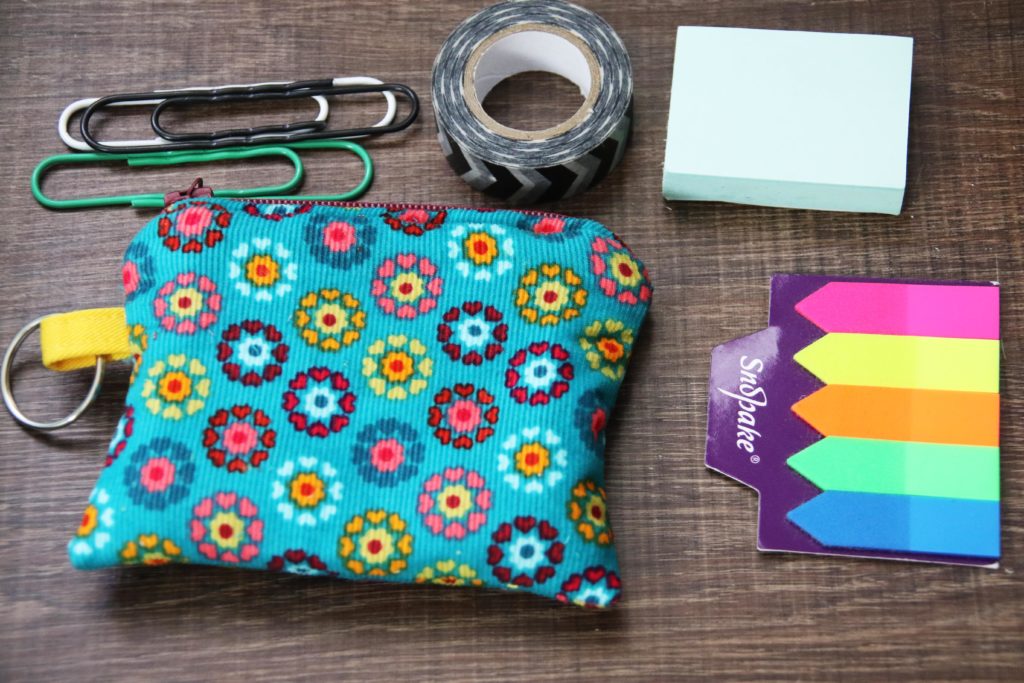
I recently showed you the bag I made for work. I have a few small items I take to work and I always struggled to find them in my old bag. Seeing as I had some leftover fabric, I decided to create a small zipped purse to keep these items together. I’ve shared the process here.
In the photos above, you can see a few suggestions on how to use your finished purse – the possibilities!
